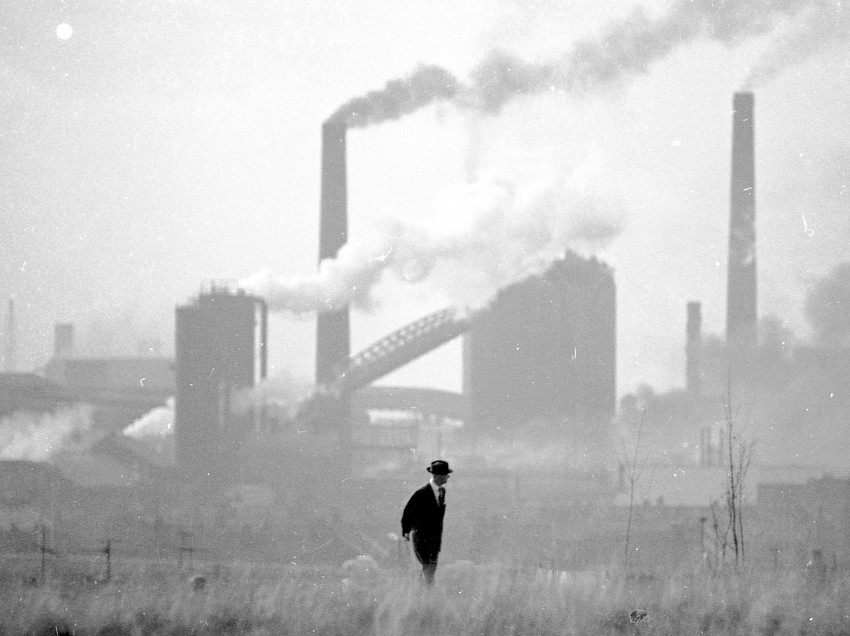Behind the Lens: Derek Smith

Our second Behind the Lens interview is with Derek Smith. Derek’s photographs of Teesside were exhibited at the Half Moon Gallery in 1976. His images showed the resilience of a community in the face of a rapidly de-industrialising Britain. The people and places Derek photographed were under threat from enormous change, and his pictures are a conscious document of this decline.
Derek’s demolished streets are still inhabited by individuals and families. Groups pose in their homes, children play in the street; a night at the bingo, a few hours watching football. This well-trodden way of life appears to hang by a thread, and Derek scrupulously documents the odd friction between continuity and change.
|
You left the North East to study photography in London, but it was your return to Teesside that prompted the images shown at the Half Moon Gallery. Do you feel that coming back meant you saw things with new eyes, and how did that shape your desire to capture the community as well as the images you took? Certainly the move to London had a huge impact; the scale of the Capital and the signs of wealth in central London districts like Bond Street and Mayfair were all a shock to me and there seemed to be two nations co-existing. Looking back though the ostentation wasn't as extreme as it is today. I remember returning to Teesside and seeing everything in relief, almost monochrome like my photographs, and realised the communities I took for granted were quite special. To what extent did you see yourself as creating a documentary history of the place and industrial decline, as opposed to a more personal record of the changes your home town was going through? It was a mixture of both but I don't usually embark upon projects unless there is some personal spark or link, and that has continued right through to today with my film work. Even though I spent a lot of time in ITV for example (which is a commercial company) I still managed to do personal projects inside the institution. The project I am doing now looks at the wider history behind the photography of the 1970s. This is a commission to produce a major work about the first century of the town of Thornaby where I was born, concentrating on the industry of which there is no trace left. The book and exhibition has involved 100 interviews and there'll be over 300 photographs in the book. However I wish I'd had some of the insight and knowledge I have now back in 1974 when I knew very little about how society worked and I was politically very naive. My photography was intuitive then (perhaps that is why some of them are strong), but it was quite innocent. How did you feel when these intimate portrayals of your own community brought you so much acclaim as a professional photographer? Was there any sense of discomfort in having outsiders scrutinise your community, and was this tension something you felt at Half Moon? The Teesside photographs were my second major project, the first was the short film I made in Middlesbrough called The Last Days of Newport which can be viewed on YouTube. The interest people in London, especially at the Half Moon, showed in the photographs encouraged me and I suppose helped turn me into someone who wanted to do photographic projects rather than just work for a living. The dialogue I was able to have at The Half Moon was very important because the people there were sympathetic, and of course the gallery was based in the East End which still had a community then, and rather like Teesside, in decline |
Interviewed by Frances Whorrall-Cambell
Posted by Carla Mitchell on 28th June 2019 at 12:00am